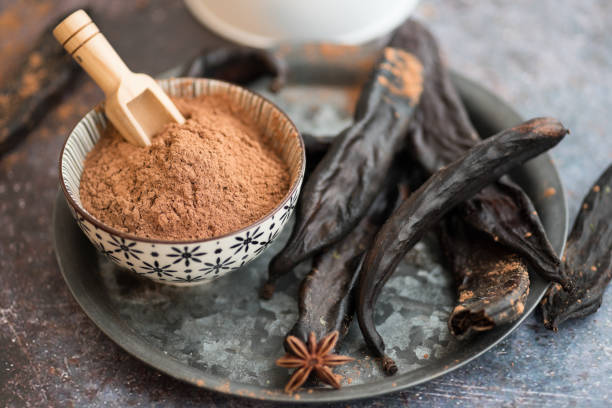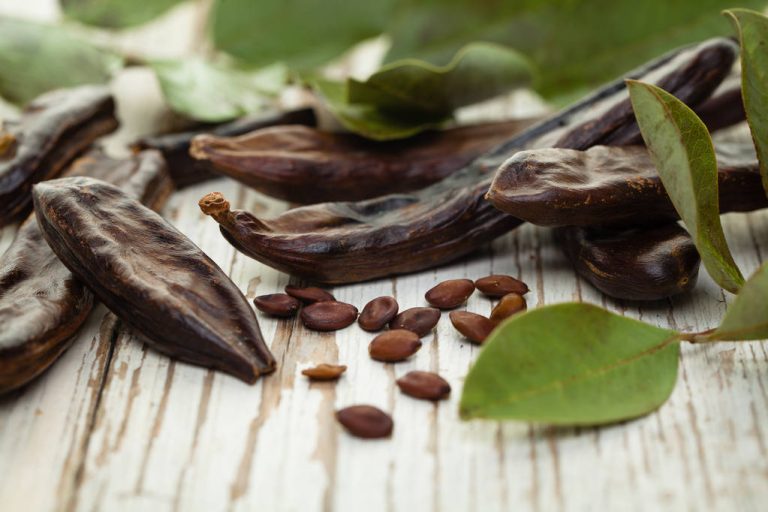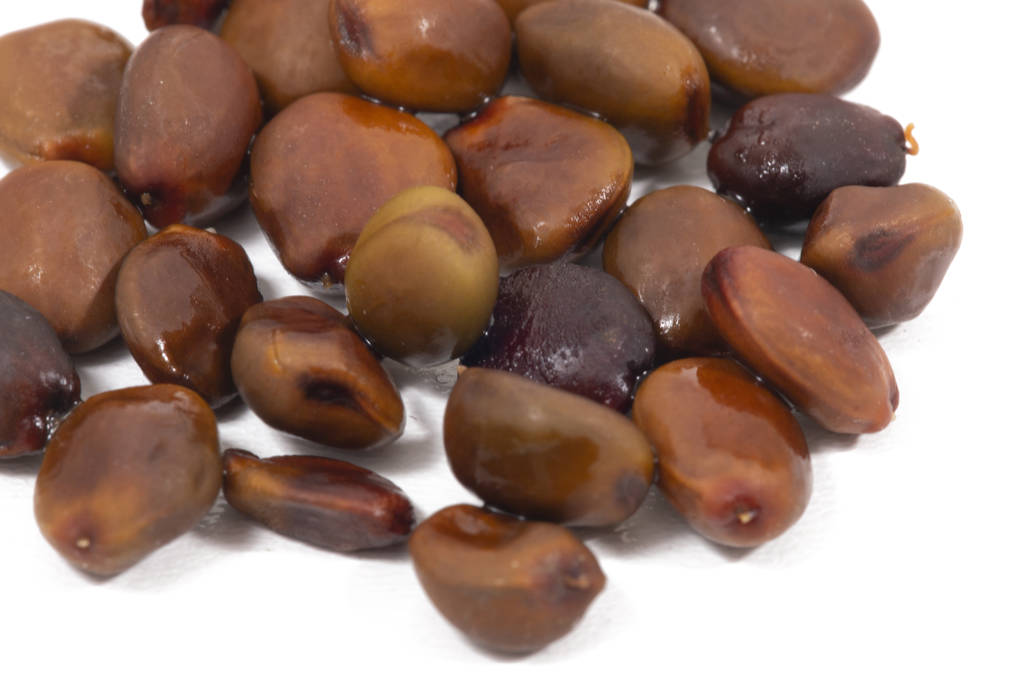Carob has long been established in organic supermarkets. Carob what? The powder from the dried fruits of the carob tree contains numerous nutrients – and offers a delicious alternative to chocolate. Exactly the reason to take a closer look. Together with ChocoSan, we will introduce you to the advantages of the superfood and give you delicious tips on how to prepare it.
Origin and production of carob

Carob is the roasted and finely ground pulp of the carob fruit. They grow on the carob tree, whose best-known product in this country is probably the carob bean gum. In order to obtain carob, the ripe fruits are cleaned, broken up, and crushed. After the stalks and seeds are removed, the pulp is either dried, roasted for longer shelf life, and then ground or processed directly into syrup.
The nutritional content of carob
Carob contains hardly any sodium and fat, but a high proportion of high-quality dietary fiber. Together with the natural sugar they contain, they provide a lot of energy with a relatively small amount of calories (255 kcal per 100 g). In addition, there are vitamins A, B, and E, trace elements such as iron and manganese, natural minerals such as potassium, calcium, phosphorus, and magnesium, as well as secondary plant substances such as flavonoids with antioxidant properties. Unlike cocoa, carob is also free of stimulating substances such as theobromine and caffeine.
And last but not least, carob can also have a positive effect on digestion and support the natural function of the gastrointestinal tract thanks to its high proportion of fiber and starch. In addition, carob is said to have a basic effect.
The uses of carob

In principle, carob can be used wherever cocoa powder is usually used as an ingredient. With its sweetish, caramel-like taste, carob resembles the taste of cocoa but is less bitter than it. Carob offers interesting taste variations in cakes, creamy desserts such as pudding, or in spreads. To get used to the transition from chocolate to carob, it is initially advisable to replace only part of the cocoa used with carob and then gradually increase this proportion. Since carob already contains sugar, you can also use less sweetener. This is how you save additional calories!



